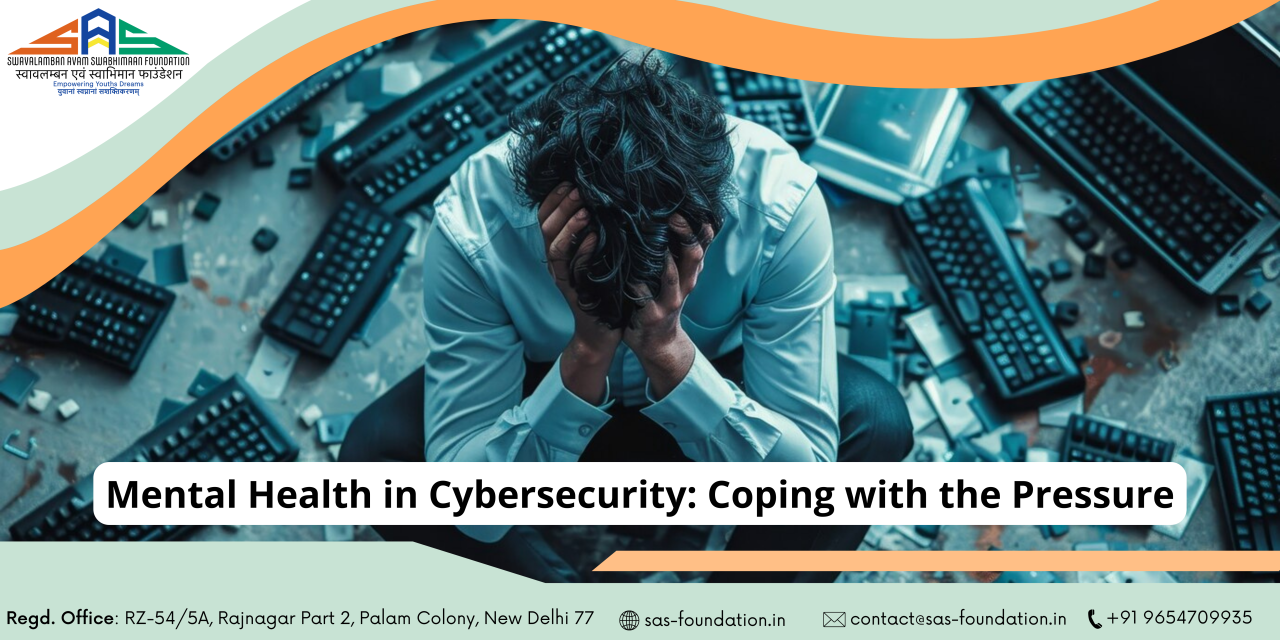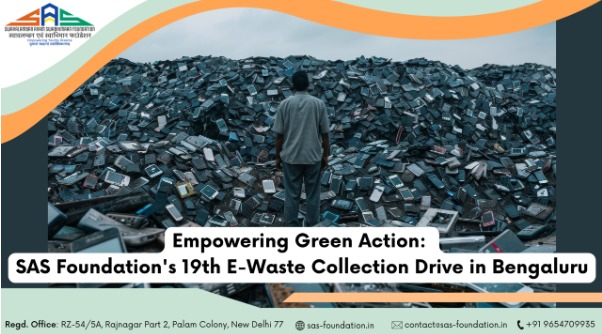The Hidden Dangers of E-Waste: What You Need to Know
In our rapidly evolving digital age, electronic devices have become indispensable to our daily lives. From smartphones and laptops to smart TVs and kitchen appliances, technology powers our work, communication, and entertainment. However, this digital revolution comes with a hidden cost — a growing mountain of electronic waste, or e-waste, that poses serious threats to both human health and the environment.
What is E-Waste?
E-waste refers to discarded electronic devices or components that are no longer functional or wanted. This includes mobile phones, computers, printers, televisions, batteries, cables, and even large appliances. As technological innovation accelerates and product lifespans shorten, the volume of e-waste generated globally has reached alarming levels. According to the Global E-waste Monitor, more than 53 million metric tonnes of e-waste were generated in 2019, and this figure is projected to exceed 74 million tonnes by 2030.
The Toxic Truth Behind E-Waste
Most electronic devices contain a cocktail of toxic substances, including heavy metals like lead, mercury, cadmium, and arsenic, along with flame retardants and plastics. When these items are improperly discarded — such as in landfills or through open burning — they release hazardous chemicals into the soil, air, and water.
For instance, lead found in cathode ray tubes (CRT monitors) can cause damage to the central nervous system, kidneys, and reproductive system. Mercury, often present in flat-screen displays and switches, can contaminate water bodies and enter the food chain, affecting brain development in children. Cadmium, used in rechargeable batteries, is known to damage the lungs and bones.
Human Health at Risk
One of the most alarming consequences of poor e-waste management is its impact on human health. Informal e-waste recycling, which is widespread in developing countries, often involves crude methods such as open-air burning or acid baths to extract precious metals like gold and copper. These unsafe practices expose workers — including children — to toxic fumes and direct skin contact with dangerous substances.
A study by the World Health Organization (WHO) indicates that children working in or living near informal e-waste recycling sites are especially vulnerable. They are more likely to suffer from respiratory illnesses, cognitive deficits, behavioral problems, and developmental disorders due to their growing bodies and lower detoxification capacity.
Environmental Degradation
E-waste doesn’t just threaten human health — it also wreaks havoc on ecosystems. When e-waste is dumped in landfills, heavy metals and chemicals seep into the soil and groundwater, contaminating crops and drinking water. Air pollution from burning e-waste releases carcinogenic dioxins and furans into the atmosphere.
Additionally, resource extraction for new electronics — such as mining for rare earth elements — further damages the environment. By recycling e-waste responsibly, we can recover valuable materials, reduce the demand for virgin mining, and lower carbon emissions associated with manufacturing.
The Economic Cost of Waste
Beyond health and environmental hazards, e-waste also represents a significant economic loss. In 2019 alone, the raw materials embedded in e-waste — including gold, silver, copper, and palladium — were valued at $57 billion, most of which ended up being dumped or burned rather than recycled. Efficient e-waste recycling systems can recover up to 95% of these materials, offering both environmental and economic benefits.
The Hidden Hazards at Home
It’s not just workers at informal recycling sites who are at risk. Many of us store old gadgets in our homes — unused phones in drawers, broken chargers in boxes, or obsolete laptops on shelves. Over time, the batteries in these devices can degrade and leak toxic substances, posing fire risks or slowly contaminating indoor environments. That’s why proper disposal and recycling are essential for every household.
What Can You Do?
While the dangers of e-waste are daunting, there are concrete steps we can take to make a difference:
1. Reduce and Reuse
Before replacing your device, ask: Do I really need a new one? Extend the life of your electronics through repairs or upgrades. Donate working electronics to schools or NGOs that need them.
2. Recycle Responsibly
Never throw electronics in the regular trash. Instead, use authorized e-waste collection points or participate in community recycling drives like those organized by Swavalamban Avam Swabhimaan Foundation (SAS Foundation) in collaboration with Attero. These drives ensure that devices are handled by certified recyclers using safe methods.
3. Support Eco-Friendly Brands
Choose electronics from companies that practice sustainable manufacturing, offer take-back programs, or use recyclable packaging. Brands committed to circular economy principles are helping reduce the environmental footprint of the tech industry.
4. Spread Awareness
Educate your friends, family, and community about the dangers of e-waste. Encourage schools, offices, and housing societies to set up e-waste collection bins and hold awareness sessions.
5. Advocate for Policy Change
Support stronger legislation on e-waste management. In India, the E-Waste Management Rules (2016) mandate producer responsibility and recycling targets, but enforcement needs to improve. Citizens can advocate for better compliance, extended producer responsibility, and more inclusive recycling infrastructure.
SAS Foundation’s Mission
At Swavalamban Avam Swabhimaan Foundation, we recognize that solving the e-waste crisis requires collective action. Through our ongoing drives, awareness programs, and partnerships with eco-conscious organizations like Attero, we’ve collected over 2000 kilograms of e-waste in 2024 alone — diverting toxic materials from landfills and protecting our environment.
Our initiatives also focus on empowering youth and educating future generations on sustainable practices. Whether it’s planting trees, building green tech awareness, or training students in responsible consumption, our aim is to create a society where economic growth aligns with ecological preservation.
Conclusion: Be the Change
The hidden dangers of e-waste are real, but so are the solutions. As consumers, we hold immense power to influence the lifecycle of our electronic devices. From conscious consumption and responsible disposal to supporting green policies and community action, every step counts.
Let’s not wait until the damage is irreversible. Together, we can transform the e-waste crisis into an opportunity for innovation, sustainability, and social responsibility. Be part of the solution — not the pollution.
📬 Subscribe to our newsletter for more insights, updates, and opportunities to join our sustainability mission: LinkedIn Newsletter










